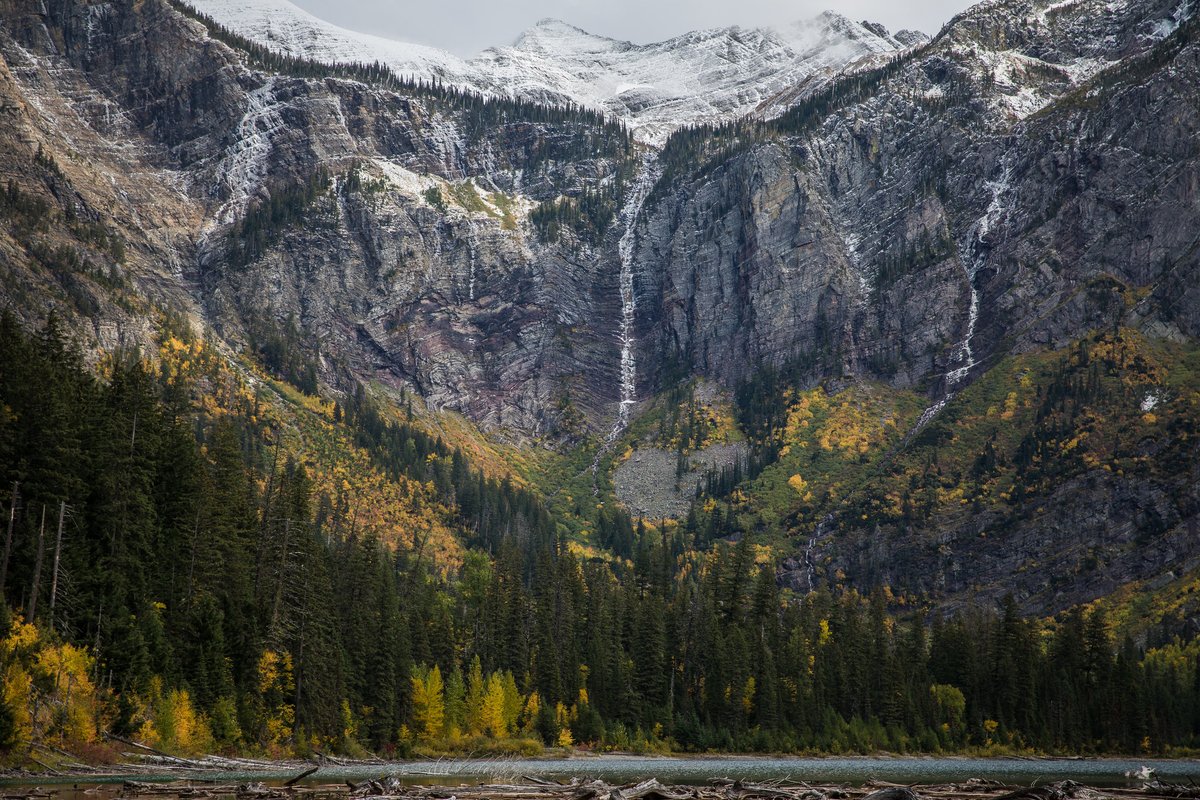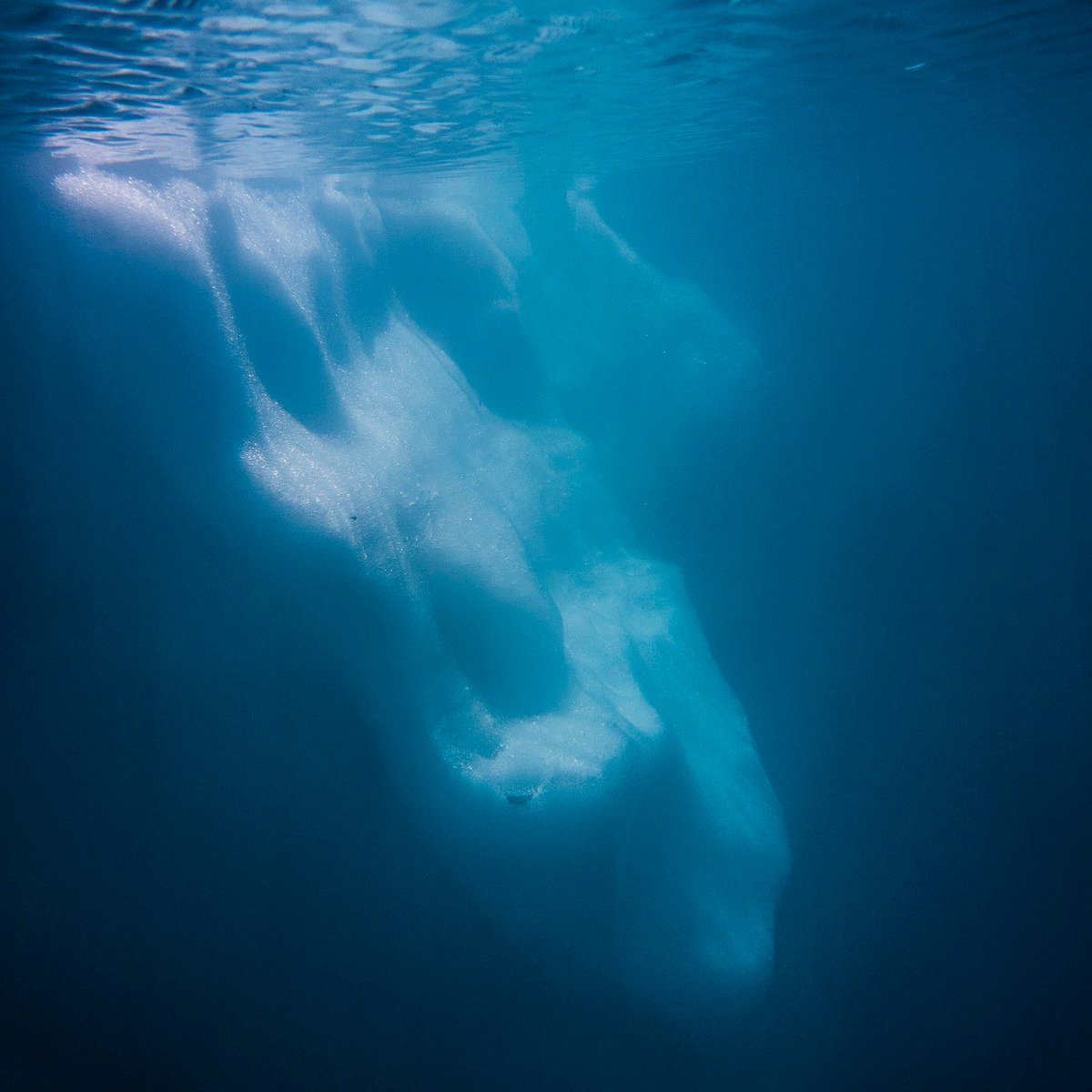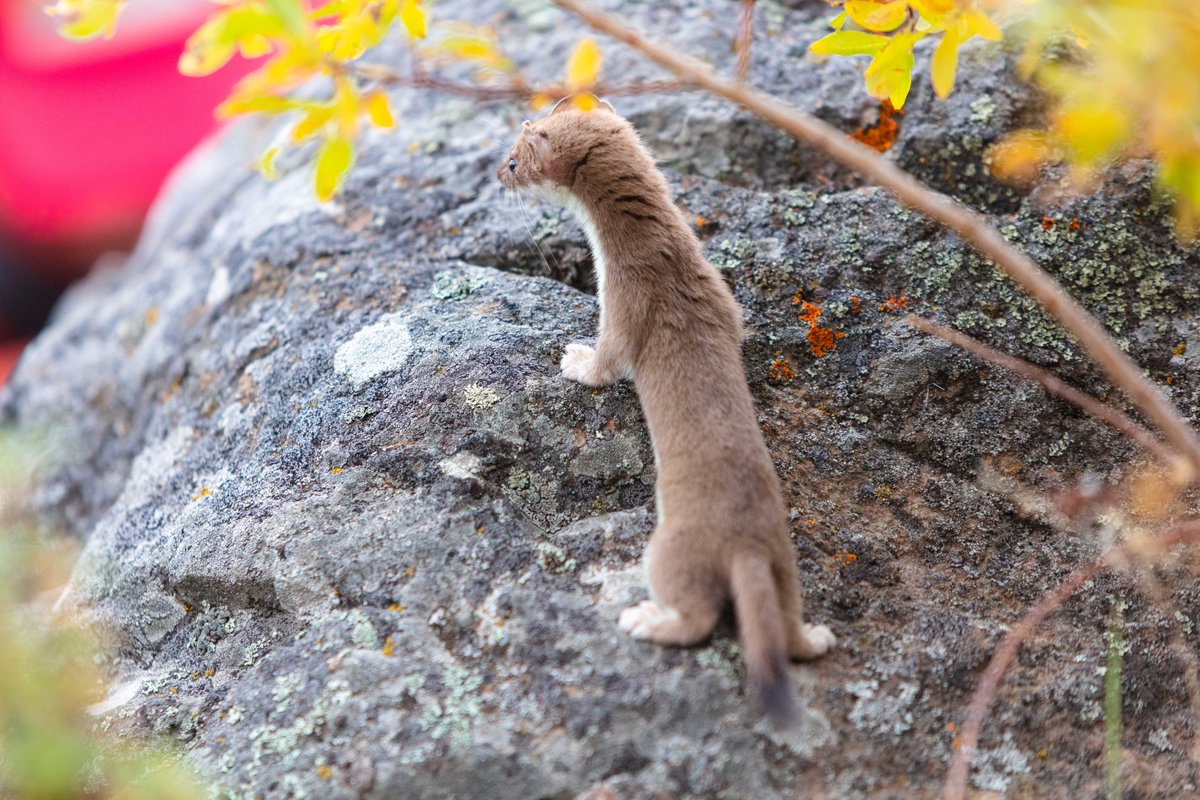
Huckleberries are here, and they have always been popular!
An estimated 20,000 gallons of huckleberries were picked on the Flathead National Forest in 1932—fueling a debate over whether or not huckleberries would be a more profitable use of forest land than timber.
An estimated 20,000 gallons of huckleberries were picked on the Flathead National Forest in 1932—fueling a debate over whether or not huckleberries would be a more profitable use of forest land than timber.

The 20th century huck market supported families throughout Northwest Montana, who commonly took working vacations to pick the berries during the summer, selling as many as they could.
It was a livelihood for many during the Great Depression who found themselves out of work.
It was a livelihood for many during the Great Depression who found themselves out of work.
Their success led the berries to become increasingly associated with Glacier National Park; Kalispell Wholesale Grocery even sold "Glacier Park Brand" huckleberries.
Called nupxamuǂ in Kootenai, apa-oapspi by many Blackfeet, and st̓šá to the Selis-Pend d’Oreille, the sweet berries are a traditional food for indigenous cultures across the west.
The best part? You can pick them in Glacier! Just remember the picking limit in Glacier for all edible fruits & berries is one quart per person per day.
• • •
Missing some Tweet in this thread? You can try to
force a refresh








